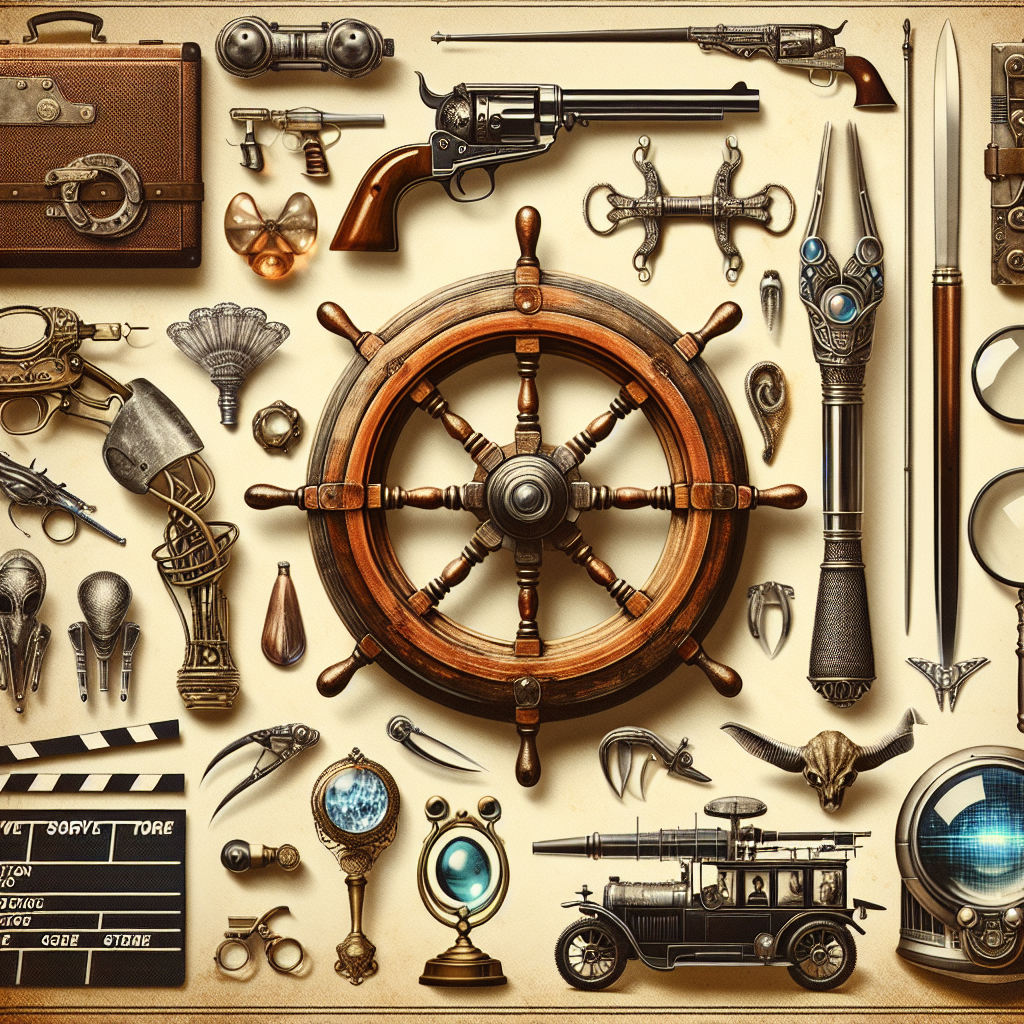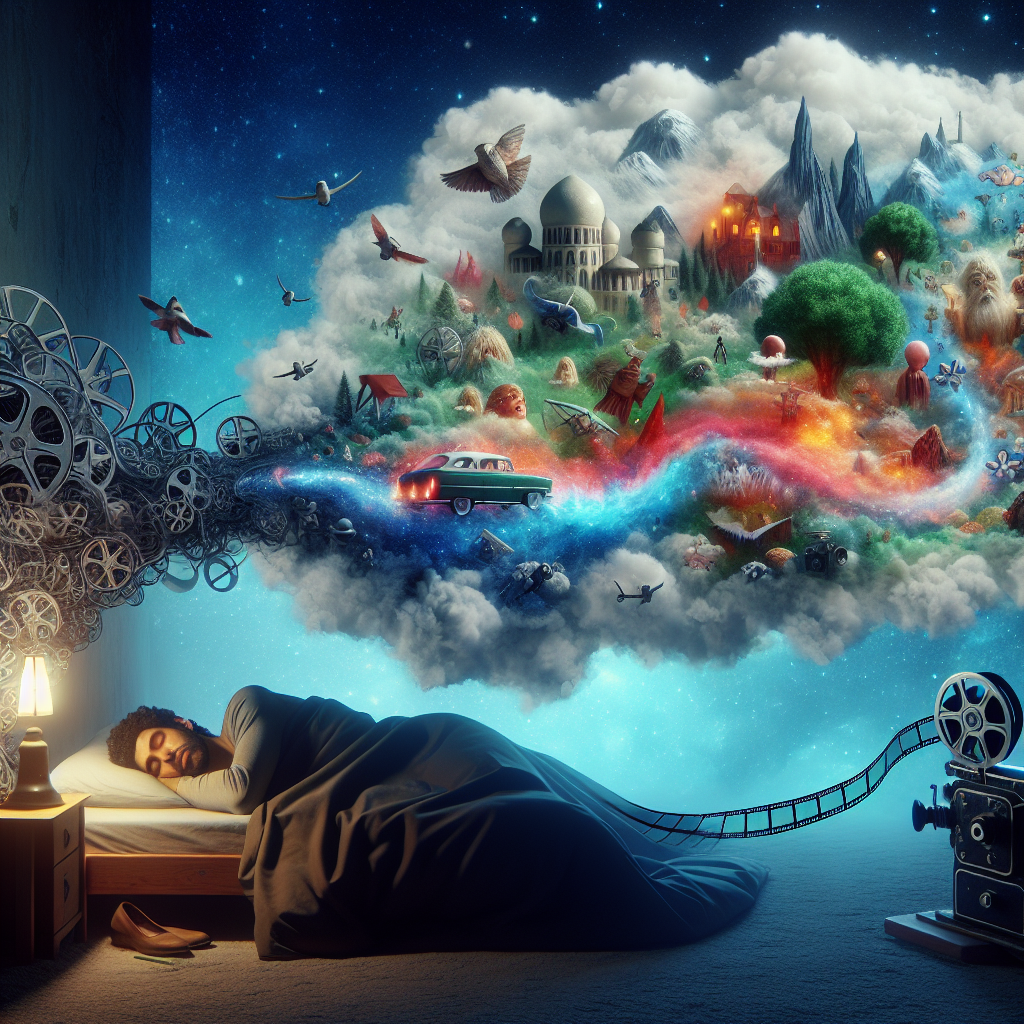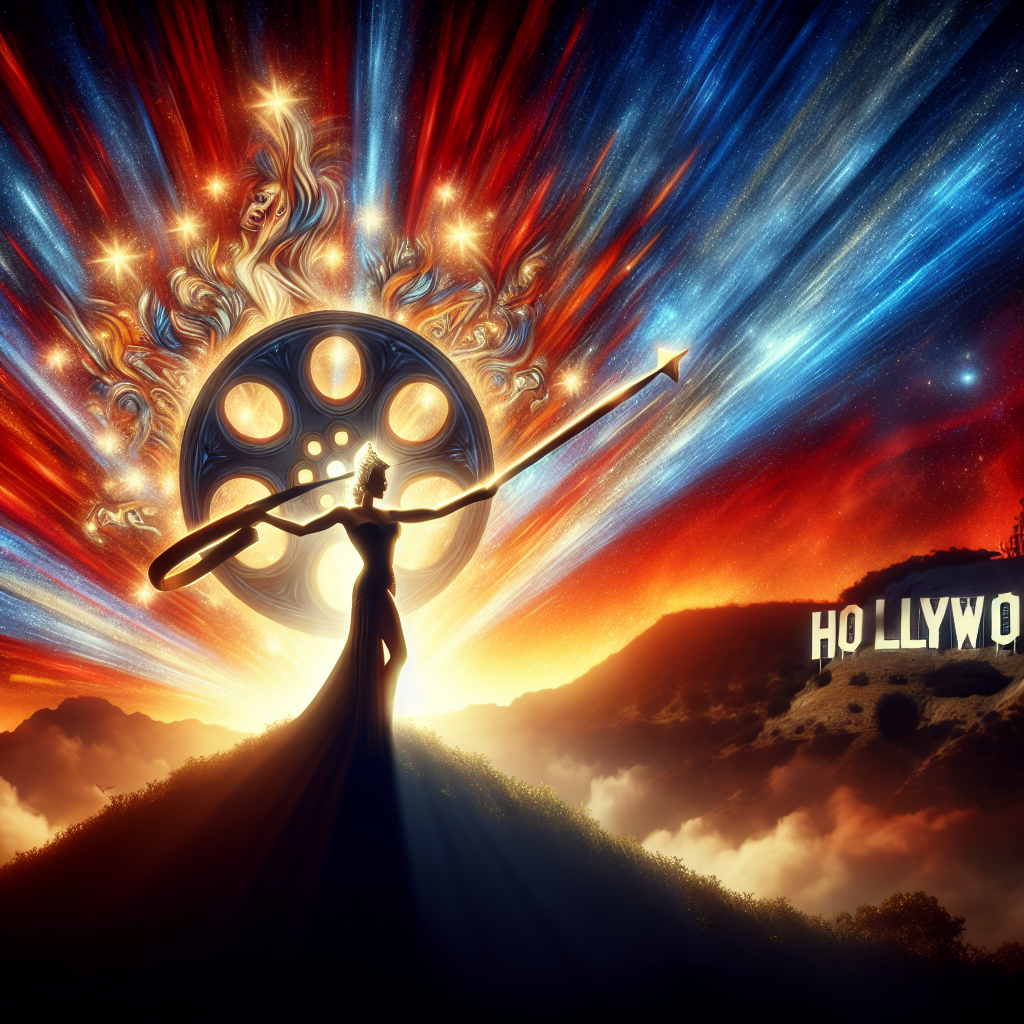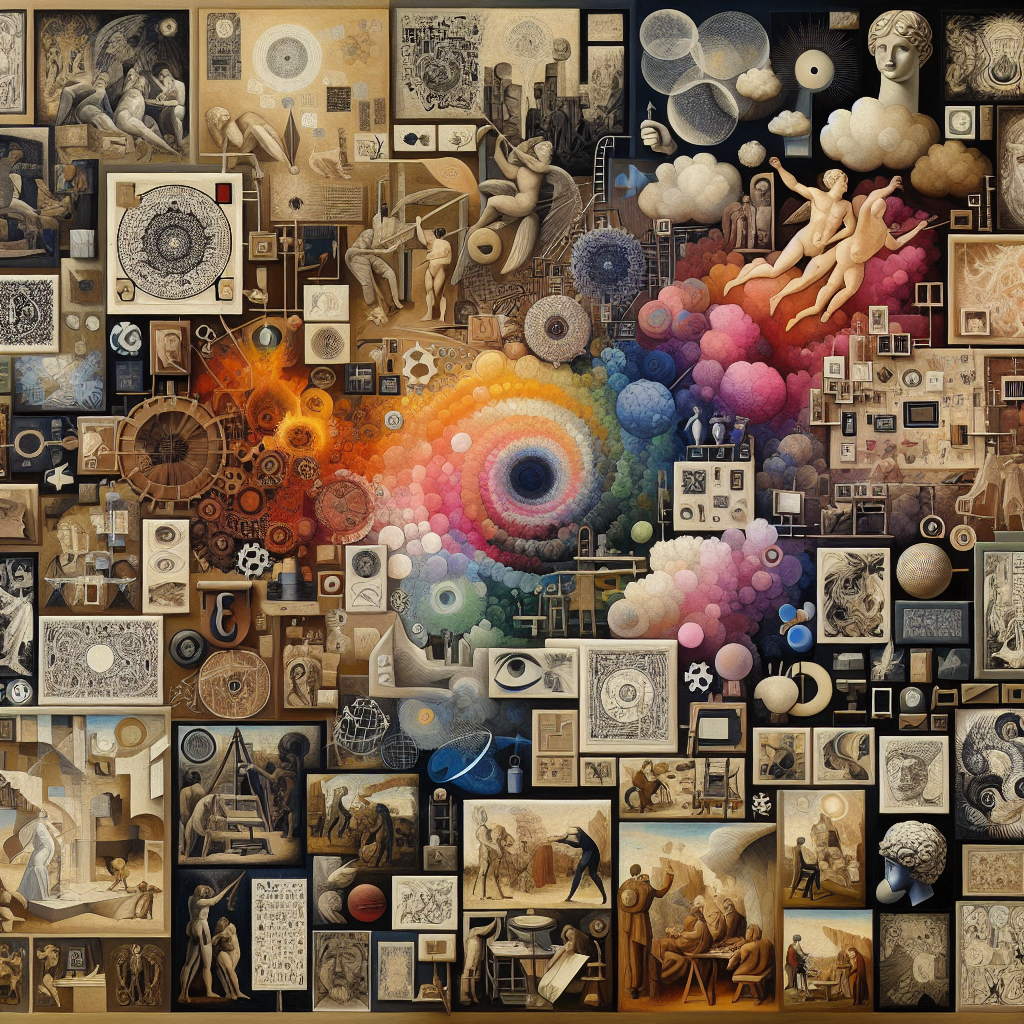Some of the most unforgettable moments in cinema history owe their magic not just to the actors or the scripts, but to the props—those tangible, often unassuming objects that become legends in their own right. From cursed rings to glowing briefcases, iconic props carry stories both on and off the screen. Yet, few viewers realize how many of these treasures have the strangest, most accidental origins imaginable.
Take, for instance, the lightsaber from Star Wars. Today it’s a sacred artifact of pop culture, but George Lucas’s prop team didn’t start with anything otherworldly. The first lightsabers were built using old camera flash handles—specifically from 1930s Graflex cameras found in junk shops. These metal cylinders, once used to attach flashbulbs, were modified with rubber grips and reflective tape. What was meant to be a clever bit of recycling became one of the most recognizable weapons in film history.
Then there’s Indiana Jones’s whip—a relic with as much personality as the archaeologist himself. The bullwhip, which Harrison Ford famously cracked, was crafted by an Australian whipmaker named David Morgan. However, few know that the first versions used on set were actually made from kangaroo hide, chosen for its durability and flexibility. Ford himself practiced for weeks to master its use, and by the third film, he could accurately knock objects out of people’s hands. The whip wasn’t just a prop—it became a symbol of adventure, born from an ancient craft.
Another bizarre example is the proton pack from Ghostbusters. While it looks like a highly engineered piece of sci-fi machinery, it was cobbled together from vacuum cleaner parts, circuit boards, and military backpack frames scavenged from hardware stores and junkyards. The effect was convincing enough that real-life physicists once speculated in jest about how it “might” function. Ironically, this homemade contraption became a believable piece of supernatural technology precisely because of its DIY roots.
Even seemingly mundane props hide fascinating stories. The Wilson volleyball from Cast Away—Tom Hanks’s only companion on his deserted island—was an afterthought. It began as a product placement from the Wilson Sporting Goods company. But when Hanks ad-libbed an emotional connection to the ball during filming, the crew saw its potential. They aged and dirtied it by hand, adding the now-famous bloody handprint face. Wilson went on to receive its own Golden Globe nomination (as a joke) and became one of the most emotionally powerful inanimate objects in movie history.
Sometimes, props were happy accidents born of limitation. The glowing briefcase in Pulp Fiction, one of cinema’s most tantalizing mysteries, was originally supposed to contain diamonds. But the filmmakers couldn’t make them sparkle on camera, so they improvised—placing an orange light bulb inside. The eerie glow turned the briefcase into a symbol of greed and obsession, its contents left forever ambiguous. That quick fix turned a technical problem into film legend.
And what about The One Ring from The Lord of the Rings? It wasn’t just one ring but more than forty versions, each designed for different camera angles and stunts. There was even a giant six-inch-wide ring used for close-up shots of it falling through the air. Interestingly, the original prop was handmade by a New Zealand jeweler who had no idea he was crafting what would become one of the most recognizable objects in fantasy cinema.
From broken cameras to forgotten antiques, movie magic often starts with real-world leftovers. These props are reminders that creativity thrives not in limitless budgets, but in resourceful imagination—finding the extraordinary within the ordinary. The next time you see a glowing sword, a haunted mask, or a mysterious relic, remember: it might have started life as a piece of junk, an accident, or a moment of desperation. Yet through storytelling, it became immortal.
In the end, the origins of iconic movie props mirror the heart of filmmaking itself—turning scraps, sparks, and coincidences into myths that live forever in our collective imagination.




